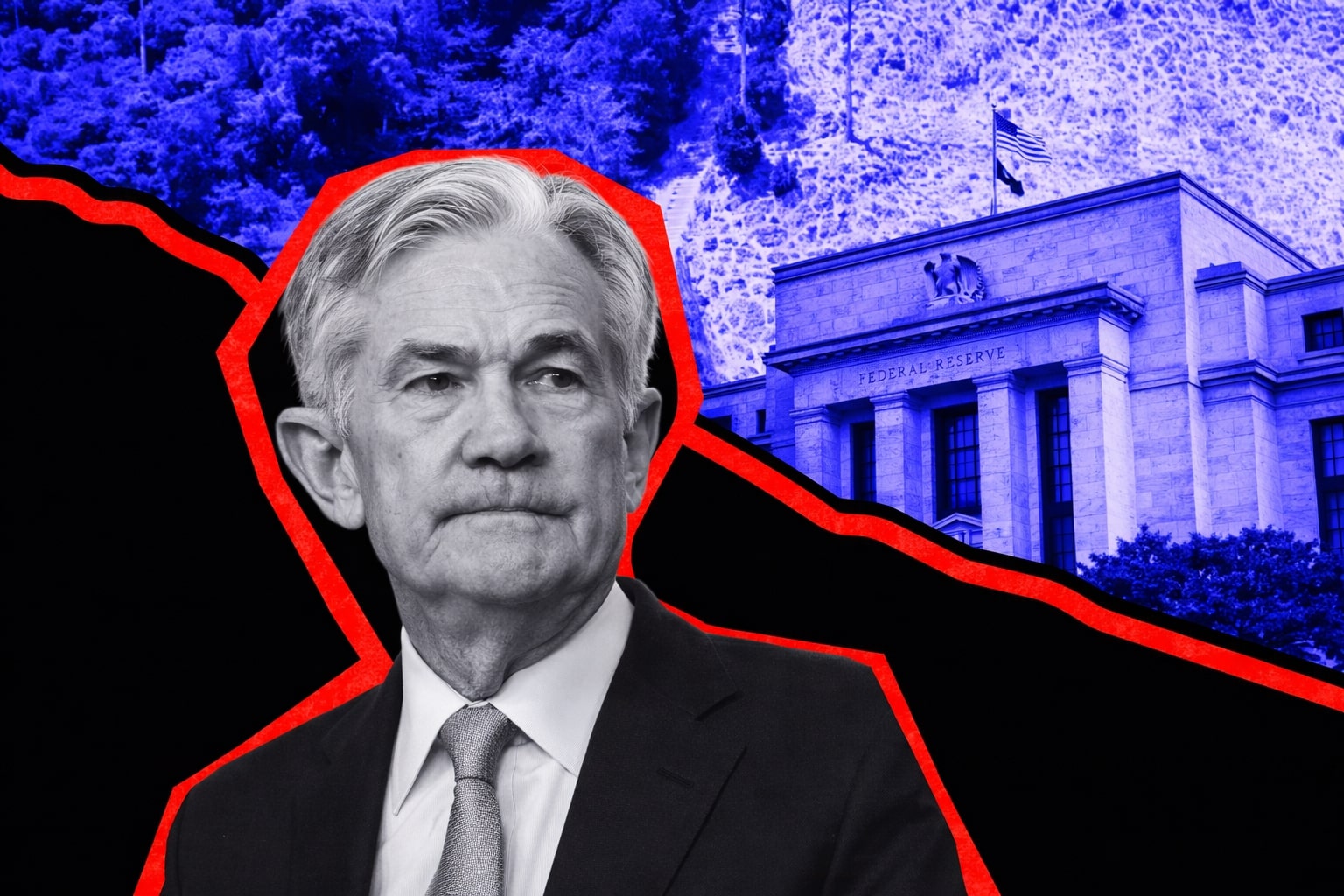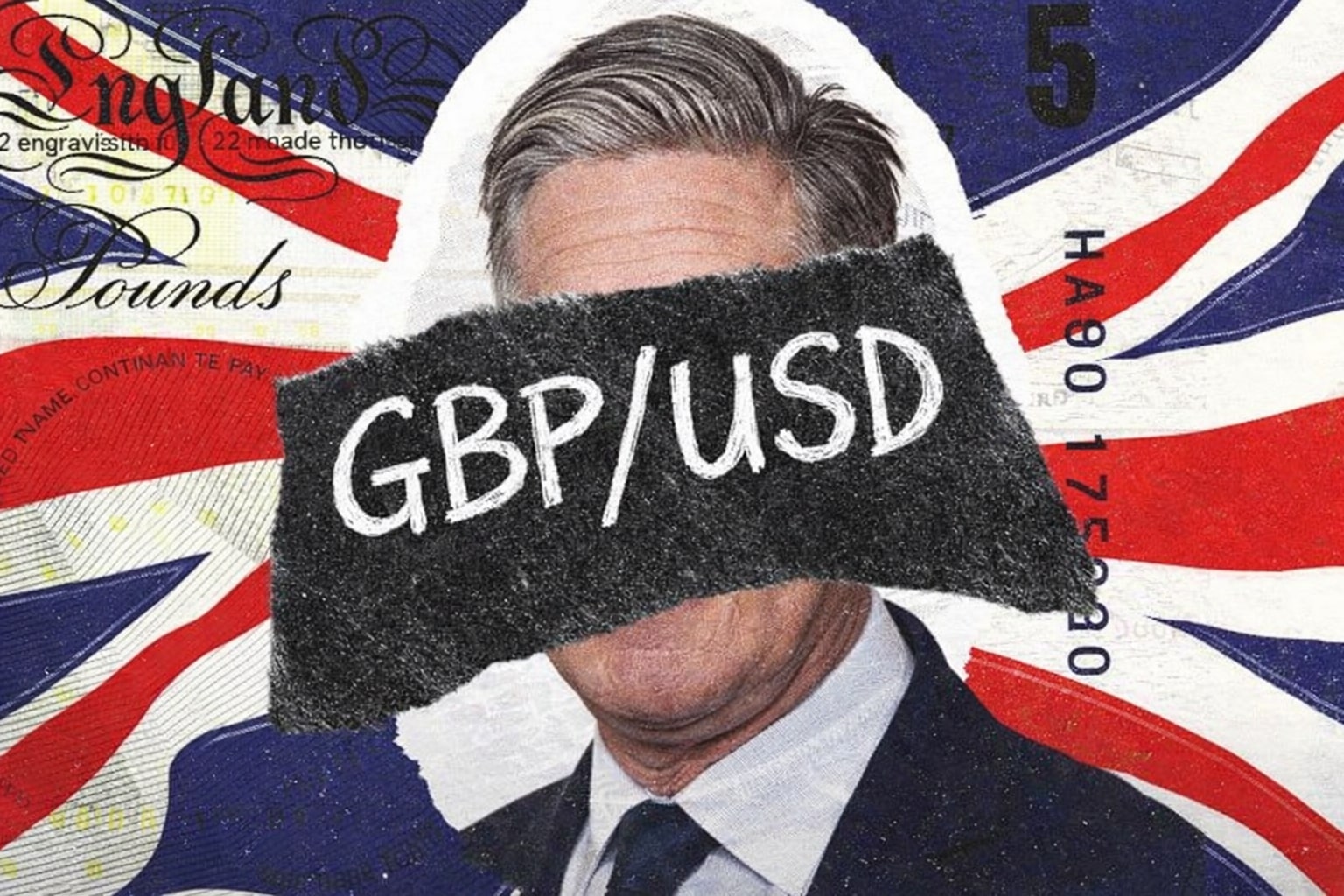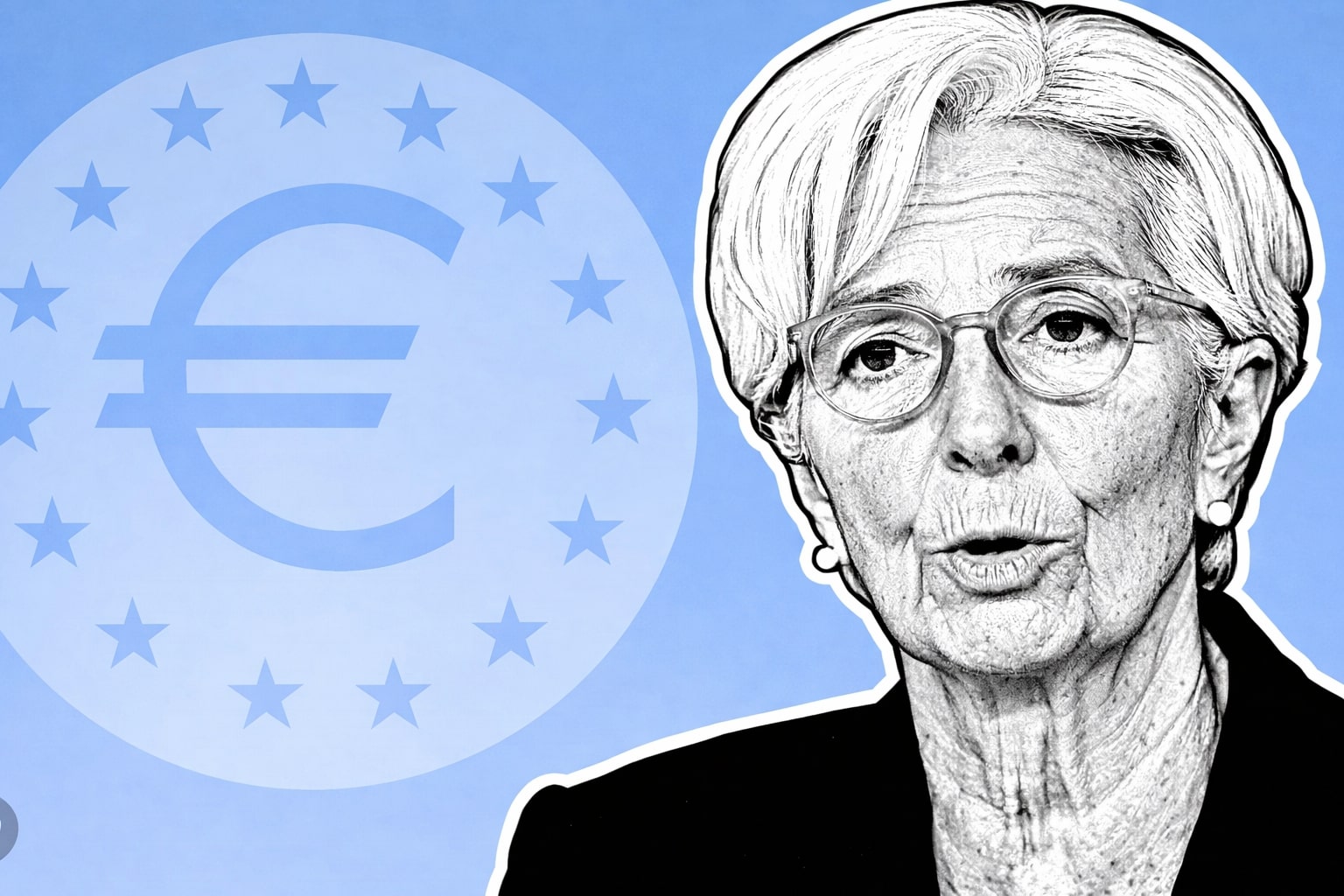
GBP/USD Crashes Below 1.35 as Growth Data and Tariffs Trigger New Wave of Selling
UK GDP shrinks for second month while U.S. jobs surge and inflation risks mount; Trump’s tariff blitz fuels demand for dollar over Sterling | That's TradingNEWS
GBP/USD Slides Below 1.35 as Growth Fears, Trump Tariffs, and CPI Risks Weigh on Cable
GBP/USD Under Pressure as UK GDP Contracts and BOE Rate Cut Nears
The GBP/USD exchange rate has broken below key support at 1.3520, falling to a two-week low of 1.3490 as a wave of disappointing UK macroeconomic data increases the likelihood of a near-term Bank of England rate cut. Monthly GDP for May contracted by 0.1%, following a 0.3% decline in April. Industrial and manufacturing production also missed expectations, compounding pressure on Sterling. With the UK economy now contracting for two consecutive months, expectations for an August rate cut have firmed dramatically. The BOE’s dovish outlook is amplified by stagnant inflation metrics, with core CPI expected to remain at 3.5% and headline CPI unchanged at 3.4%. The policy pivot comes amid increasingly fragile domestic conditions, leaving the Pound vulnerable to further downside.
U.S. Dollar Strength Reinforced by CPI Risks and Trump’s Trade Agenda
In stark contrast, the U.S. Dollar has regained momentum. A stronger-than-expected June jobs report—with 147,000 jobs added and unemployment falling to 4.1%—boosted sentiment around the U.S. economy. The DXY surged to 97.86, its highest level since mid-June, with U.S. 10-year yields climbing to 4.417%. Rising bond yields are attracting capital inflows and reinforcing Greenback strength, particularly as markets prepare for U.S. CPI data on Tuesday. A 0.3% rise in core inflation is expected, but any upside surprise could reduce the likelihood of a September Fed rate cut. Meanwhile, Trump’s aggressive tariff posture—including a 35% levy on Canadian exports and a 50% tariff on Brazilian goods—has rattled risk markets, bolstering safe-haven flows into the Dollar. Sterling, typically risk-sensitive, has underperformed sharply in this climate.
Technical Breakdown Accelerates Bearish Momentum in GBP/USD
From a technical perspective, GBP/USD has violated key support at 1.3530 and now sits precariously near 1.3490. The next levels to watch are the September 2024 high at 1.3434 and horizontal support at 1.3400. The 50-day SMA lies at 1.3498, which if breached convincingly, could trigger a deeper correction toward 1.3360 and the 1.3300 zone. The 14-day RSI has dropped below the midline, indicating weakening momentum. On the upside, resistance lies at the 21-day SMA near 1.3595 and the psychological 1.3750 level. However, with the pair trapped in a descending pattern and sentiment skewing bearish, rallies may be capped unless macro data surprises to the upside.
Sterling’s Risk Sensitivity Amplifies Trump Tariff Fallout
President Trump’s escalating trade threats have introduced a new layer of volatility across FX markets. After announcing tariffs on Canadian and Brazilian exports, Trump hinted at imposing 30% levies on Mexican and EU goods unless new trade deals are reached before the August 1 deadline. These headlines are denting risk sentiment globally, hitting equity markets and commodity-linked currencies. The Pound’s high beta to risk has made GBP/USD especially vulnerable, with sentiment weakening sharply into the July inflation data week. Unlike previous tariff threats that were partially shrugged off, the Canadian move has rattled markets, leading traders to reassess geopolitical risks more seriously.
GBP/USD Outlook Hinges on U.S. and UK CPI, Retail Sales Data, and Fed Rhetoric
The upcoming data calendar is loaded with catalysts. U.S. CPI and retail sales figures will shape Fed expectations, while UK CPI and labor data will influence BOE policy path. A hotter-than-expected U.S. CPI reading—especially a 0.4% monthly core rise—could dampen rate cut bets and lift the Dollar further. Conversely, weak UK CPI or labor data could accelerate Sterling’s descent. Traders will also be watching speeches from Fed officials as markets try to gauge the balance between inflation and growth. For now, the yield spread remains USD-positive, reinforcing downside risks for GBP/USD as it tests multi-week lows.
GBP/USD Rating: SELL With Downside Toward 1.3360–1.3300
The macroeconomic divergence between the U.S. and UK is widening, and market positioning has tilted sharply bearish on the Pound. With weak UK growth, stagnant inflation, and mounting BOE dovishness colliding with a hawkish Fed outlook and resurgent U.S. data, the GBP/USD pair appears set to decline further. A break below 1.3490 exposes 1.3430 and 1.3360, with a deeper flush toward 1.3300 possible if upcoming CPI prints support rate divergence. Based on current structure, sentiment, and yield differentials, the recommendation is SELL GBP/USD with downside risk of -1.5% to -2.5% from current levels.
That's TradingNEWS
Read More
-
UCO ETF Price Forecast: Can NYSEARCA:UCO at $18.57 Ride a 2026 Oil Squeeze?
18.12.2025 · TradingNEWS ArchiveStocks
-
XRPI at $10.50 and XRPR at $14.93 Hit XRP ETF Lows While XRP-USD Holds $1.84 After 30 Days of Inflows
18.12.2025 · TradingNEWS ArchiveCrypto
-
Natural Gas Price Forecast: Henry Hub Holds Around $4 as EIA Draw Hits 167 Bcf
18.12.2025 · TradingNEWS ArchiveCommodities
-
USD/JPY Price Forecast: Pair Holds Above 155 As BoJ And US CPI Set Up A Major Break
18.12.2025 · TradingNEWS ArchiveForex



















